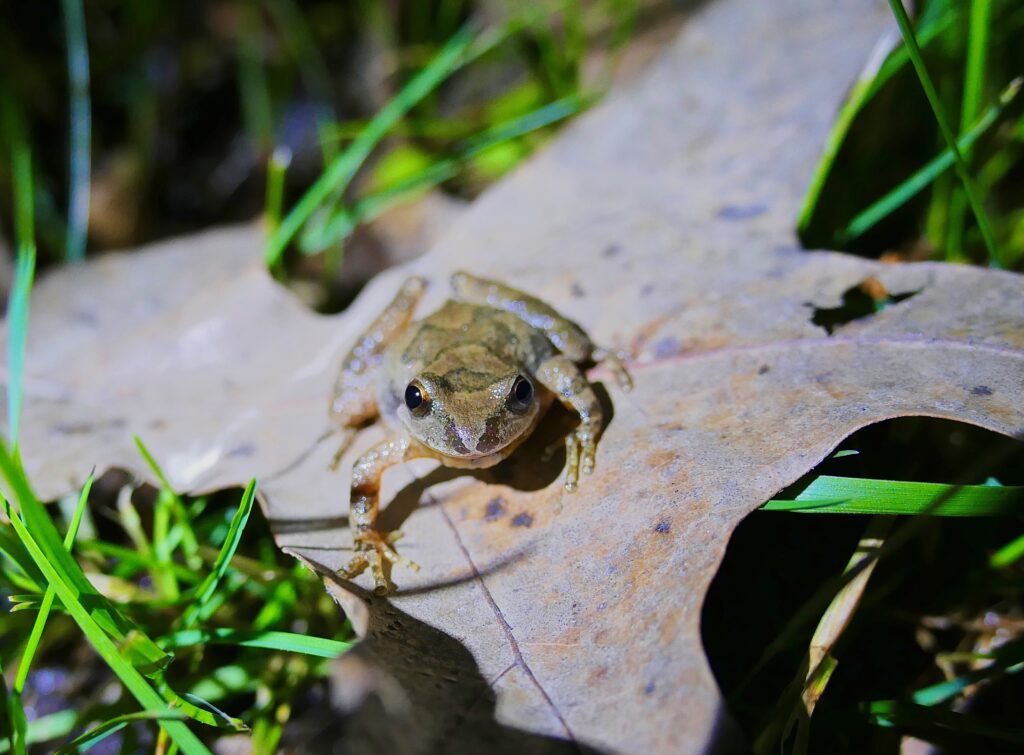Show Your Love
for High Knob
Welcome to Norton and the High Knob Region! The region is named for High Knob, the highest point in the Cumberland Mountains. The 4,200-foot High Knob summit is part of Stone Mountain which, at 13 miles wide and 26 miles long, connects many of the communities and recreation sites across the region. The High Knob Region includes nine Southwest Virginia communities in Wise, Scott, and Lee counties and the City of Norton.
Home to three state parks, the more than 90,000-acre Clinch Ranger District on the Jefferson National Forest, and other community parks and trails, the region boasts a variety of outdoor adventures, from hiking, cycling (road, gravel, and mountain) and camping to paddling, fishing, hunting and horseback riding.
The High Knob Region is also part of a global epicenter for biological diversity in the central Appalachians, with a variety of wildlife and plant species calling the region home.
As you explore the area, please do your part and recreate responsibly to protect the environment and recreation sites. Below are some tips for how you can do your part to ensure the sustainability of the outdoor recreation economy in the High Knob Region.
All information below was created through the Growing Smart on High Knob campaign, which is led by the University of Virginia’s College at Wise and made possible with funding from the Virginia Environmental Endowment.
More tips for how to enjoy High Knob responsibly can be found in the Growing Smart Blueprint and by following Growing Smart on Facebook (@growingsmarthk) and Instagram (@growingsmarthk).
(Cover Photo: Anthony Miller)
Recreate Responsibly
The High Knob Region is a hub for outdoor recreation in Central Appalachia. High Knob’s intact forests act as a climate corridor for species seeking refuge from climate change. Rock formations around High Knob provide habitat for at-risk species like green salamanders. The Clinch River basin is the number one hotspot in the U.S. for imperiled aquatic species. Learn how you can recreate responsibly in the High Knob Region by clicking the below button and checking out the High Knob Blueprint.
Hike Responsibly
Here are some tips for hiking, biking, and horseback riding responsibly in the High Knob Region: 1) Leave trails better than you found them: Pack out your trash. Don’t spray paint the face of boulders or rocks as they can be home to some pretty sensitive habitat. 2) Stay on established trails: Social trails can cause erosion and negatively impact sensitive ecosystems and habitats. 3) Maintain a respectful distance from any wildlife you encounter on your journey. Thank you for recreating responsibly in the High Knob Region!
Boulder Responsibly
Love bouldering or rock climbing? Here are some ways you can be a good steward of the land while enjoying the climb: 1) Stick to established trails and landing areas: High Knob is an incredibly biodiverse area so sticking to the trails will not only protect you but it will also protect the animals and plants that call High Knob home. 2) Leave what you find: If you see a cool wildflower or salamander, for example, just take a photo. 3) Clean your tick marks: We know you’re going to want to put ticks on holds that are important but leave it better than you found it and clean off your tick marks when you’re done.
Paddle Responsibly
Love paddling and fishing? Here are some ways you can recreate responsibly when you get on the water in the High Knob Region: 1) Pack out what you paddle in: Take out anything that you bring in with you. If you see an active dump site or a new dump site, drop a pin and contact StreamSweepers so they can help get it cleaned up. 2) Always use established river access points: This helps prevent stream bank erosion and respects property owners. 3) Don’t float when the river is too low. It can damage the mussels and the mussel habitat in our waterways.

Respect Wildlife
When viewing wildlife in the High Knob Region, remember to 1) Keep Your Distance; 2) Keep Wildlife Wild; and 3) Remember It With A Photo. See the flyer (at left) for more details on how to follow these guidelines.
So You Want To Develop . . .
Check out the below fact sheets to learn about smart practices for developing a variety of outdoor recreation sites, trails, and infrastructure.

Meet Your Neighbors
Check out the below fact sheets to learn about the High Knob Region’s ecosystems and tips for how you can help sustain these habitats while recreating or creating recreational sites, trails, and infrastructure.

Respect Your Neighbors
Check out the below fact sheet to learn some simple ways you can help keep the High Knob Region’s trails and communities beautiful for everyone.









